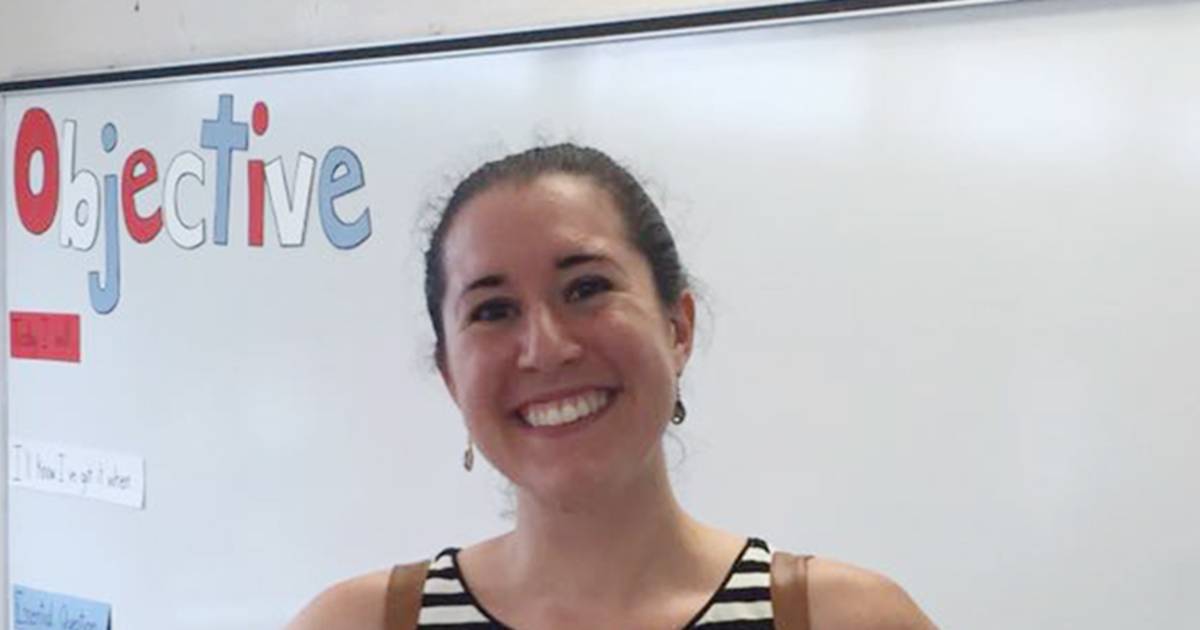
History is a fascinating subject that children are taught in school and even in homeschooling environments. As fascinating as it is, a lot of children do not actually find it interesting when they are younger. Sometimes, this is because history is taught the wrong way, meaning it is difficult for them to truly enjoy it. Unfortunately comma history is usually taught by making kids memorize dates, take notes, listen to lectures, and read textbooks. According to Dayanna Volitich, however, this is not the best way to teach this interesting subject.
How to Teach History According to Dayanna Volitich
Teaching history should be about in nursing students in the story. It should encourage them to think critically about what they are learning, building their own understanding of what happened in the past and allowing them to come up with their own ideas on why these things happen. By taking this approach in history teaching, most students will suddenly start finding it very interesting. After all, who doesn’t like stories? A good history teacher is one that can make these stories come to life, there by engaging their students into the world as a whole. Dayanna has developed a number of key tips to make this possible. They are:
- To allow the students to choose the time period they are interested in. Most teachers start at the beginning, but this is not always the best approach. Children may be more interested in what happened during the Vietnam War than during the American Revolution. While a teacher will have to cover both subjects, the order of that is far less important.
- To break down the timeline of the specific time period over an entire school year. If multiple subjects have to be covered in one year, then the timeline should be broken down over whatever time is available to study that subject. This ensures children have an insight into what they will be learning and when.
- To encourage children to read novels that were either written in a specific time period or are about that specific time period. This is about covering history through story. It also provides insights into how people actually lived their lives in those days period at the same time, reading non-fiction is also very important and watching movies about that particular time period can also work.
- To visit sites in which children can immerse themselves into the time period they are learning about. Visiting a battlefield, going to a museum, taking part in an archaeological dig, and so on are all examples of how children can feel at one with the material that is being taught.
- To find creative manners in which children record what they have learned. For instance, if teaching children about the medieval days, they could learn how to cook a medieval meal. Or, instead of writing an essay about the history of the American Revolution, why not let them draw a picture?
History is a fascinating subject but it is up to the teacher to ensure children gain that fascination.


















